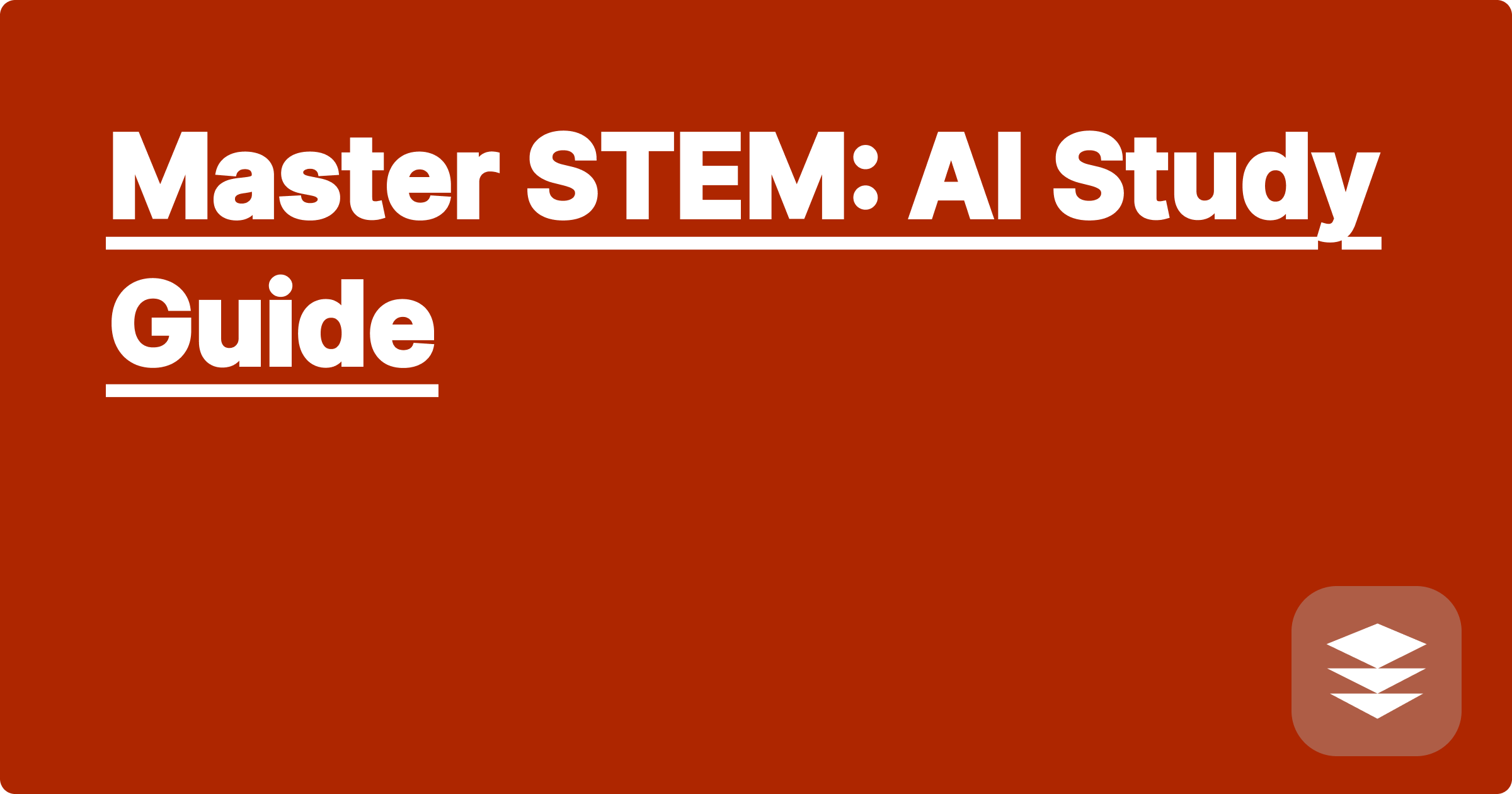
The rapid advancement of STEM fields presents a formidable challenge for students and researchers alike. Staying abreast of the latest discoveries, mastering complex concepts, and effectively applying this knowledge to real-world problems can feel overwhelming. Artificial intelligence offers a powerful suite of tools to navigate these complexities and unlock new levels of understanding. AI can assist with everything from literature reviews and data analysis to coding assistance and even hypothesis generation, empowering STEM practitioners to push the boundaries of their fields.
This guide serves as a roadmap for STEM students and researchers seeking to harness the power of AI in their academic pursuits. Understanding how to effectively integrate AI tools into your workflow can significantly enhance your productivity, deepen your comprehension, and ultimately contribute to greater success in your chosen STEM discipline. From understanding fundamental concepts to implementing practical applications, this guide will provide you with the knowledge and strategies necessary to thrive in the age of AI-powered learning and research.
Many STEM fields are characterized by vast amounts of data, complex mathematical models, and intricate theoretical frameworks. Take, for example, the field of bioinformatics. Researchers grapple with massive datasets generated by genomic sequencing, requiring sophisticated computational tools for analysis and interpretation. Developing new algorithms for analyzing these datasets and extracting meaningful insights is a significant challenge. Similarly, in fields like materials science, understanding the properties of novel materials often involves complex simulations and calculations based on quantum mechanics. These computations can be incredibly resource-intensive and require specialized expertise.
AI tools like ChatGPT, Claude, and Wolfram Alpha offer innovative solutions to these challenges. ChatGPT and Claude can assist with literature reviews by summarizing key findings from research papers and identifying relevant articles. They can also help in understanding complex concepts by providing explanations and answering questions in a conversational manner. Wolfram Alpha excels at symbolic computation, making it invaluable for solving complex equations, performing statistical analysis, and visualizing data. These tools can be integrated into the research workflow to streamline tasks, enhance understanding, and accelerate the pace of discovery.
Begin by clearly defining the problem you are trying to solve. For instance, if you are struggling to understand a specific concept in quantum mechanics, articulate the specific aspect that is causing confusion. Then, choose the appropriate AI tool for the task. For conceptual understanding, ChatGPT or Claude might be suitable. For mathematical calculations or data analysis, Wolfram Alpha would be a better choice. Next, formulate your query or prompt in a clear and concise manner. Be specific about what information you are seeking. For example, instead of asking "Explain quantum mechanics," you might ask "Explain the concept of superposition in quantum mechanics and provide an example." Finally, critically evaluate the output provided by the AI tool. Cross-reference the information with established sources and ensure that it aligns with your existing knowledge.
Consider a scenario where a researcher is investigating the properties of a new material using density functional theory (DFT). Setting up and running DFT calculations can be complex and time-consuming. Wolfram Alpha can assist by providing the relevant equations, calculating physical constants, and even generating code snippets for specific DFT software packages. For instance, if the researcher needs to calculate the exchange-correlation energy, they can input the relevant parameters into Wolfram Alpha and obtain the result directly. Similarly, if a student is struggling to understand the concept of genetic drift, they can use ChatGPT to generate an explanation and provide examples of how genetic drift affects allele frequencies in a population. ChatGPT could even generate a simulation of genetic drift over several generations.
To effectively leverage AI in your STEM studies and research, cultivate a mindset of critical inquiry. While AI tools can be incredibly powerful, they are not infallible. Always verify the information provided by AI with trusted sources and your own understanding. Develop strong prompting skills. The quality of the output you receive from AI tools is directly related to the clarity and specificity of your prompts. Experiment with different phrasing and approaches to optimize your queries. Finally, integrate AI tools strategically into your workflow. Identify tasks where AI can provide the most value, such as literature reviews, data analysis, and code generation. By combining the power of AI with your own critical thinking and domain expertise, you can achieve new levels of academic success.
As you embark on your AI-powered STEM journey, remember that these tools are designed to augment, not replace, human intellect. By embracing a proactive and discerning approach, you can unlock the full potential of AI to enhance your learning, accelerate your research, and contribute to the advancement of STEM fields. Start by exploring the capabilities of different AI tools and identifying specific areas in your studies or research where they can be most beneficial. Practice formulating effective prompts and critically evaluating the output. With consistent effort and a strategic approach, you can master the art of AI-powered learning and research and position yourself for success in the rapidly evolving landscape of STEM.
STEM Scholarships: Find Your Perfect Fit
Ace STEM Homework: AI-Powered Help
AI in Labs: Boost Your Research
STEM Exam Prep: AI-Driven Success
Engineering AI: Design Smarter
Solve STEM Problems: AI Assist
Data Analysis: AI-Powered Tools